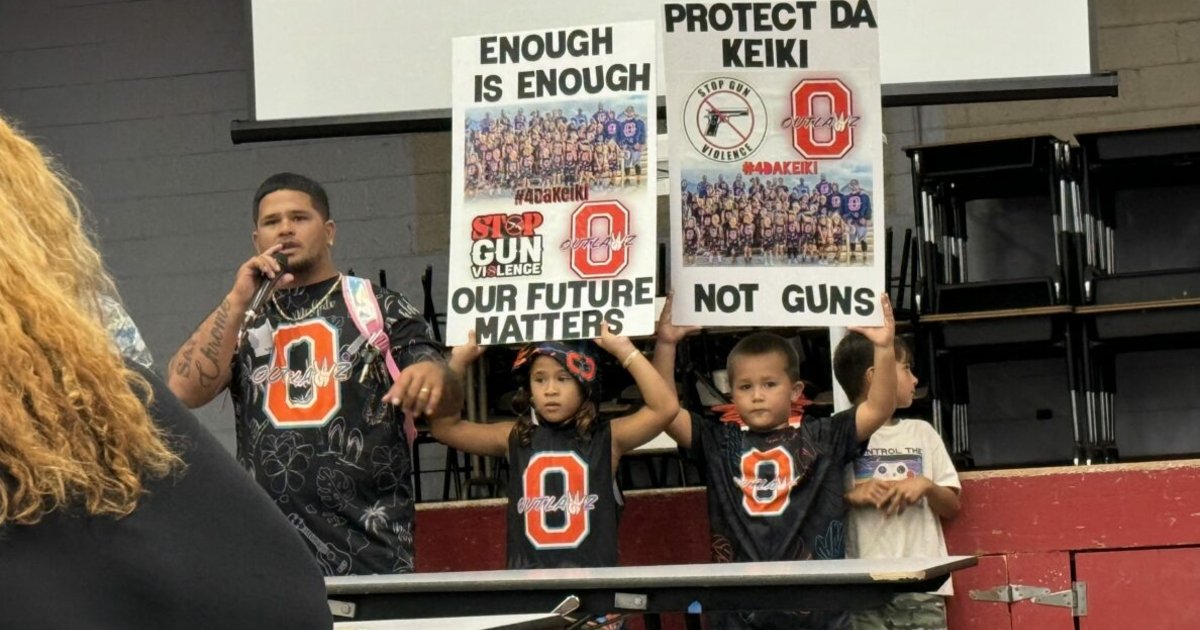
Amid a surge in gun violence on Oahu’s West Side, growing concerns among parents and teachers are putting school safety back in the spotlight. Recent incidents, including multiple shootings near school campuses, have left communities grappling with fear and uncertainty, raising critical questions about the security measures in place to protect students.
The violence, which has seen an uptick in frequency and intensity, has particularly affected areas like Waianae, where schools have had to initiate lockdowns to ensure the safety of students and staff. These incidents have not only disrupted the educational environment but have also heightened anxiety among parents, many of whom now worry daily about their children’s safety at school.
Community leaders and law enforcement officials are facing mounting pressure to address the issue. While increased police presence and community outreach programs are being considered, there is a growing recognition that long-term solutions must involve addressing the root causes of violence, including economic disparities, access to firearms, and mental health issues.
The situation on Oahu mirrors broader national concerns about gun violence in schools. According to data from the Gun Violence Archive, there have been over 200 mass shootings in the United States in 2024 alone, with a significant portion occurring in or around educational institutions. This alarming trend has reignited debates about gun control, school safety protocols, and the role of community engagement in preventing violence.
For Oahu’s educators, the recent events have been particularly challenging. Teachers, already stretched thin by the demands of post-pandemic education, now find themselves on the front lines of a safety crisis. Many have expressed a deep sense of responsibility for their students’ well-being but also frustration at the lack of resources and support to effectively address the threats.
Parents, too, are demanding action. At recent community meetings, many voiced their fears and frustrations, calling for more robust safety measures and better communication from school officials. Some parents are even considering relocating to other areas of the island or homeschooling their children in response to the ongoing violence.
As the community searches for solutions, it is clear that the issue of gun violence on Oahu’s West Side is complex and multifaceted. Addressing it will require a coordinated effort involving not just law enforcement and schools, but also local government, mental health professionals, and the broader community. The goal, as many have articulated, is to ensure that schools remain safe havens for learning, free from the threat of violence.
In the coming months, the actions taken by Oahu’s leaders will be closely watched, not just by local residents but by communities across the nation that are grappling with similar challenges. The hope is that through collaboration and commitment, a path forward can be found—one that prioritizes the safety and well-being of all students.
